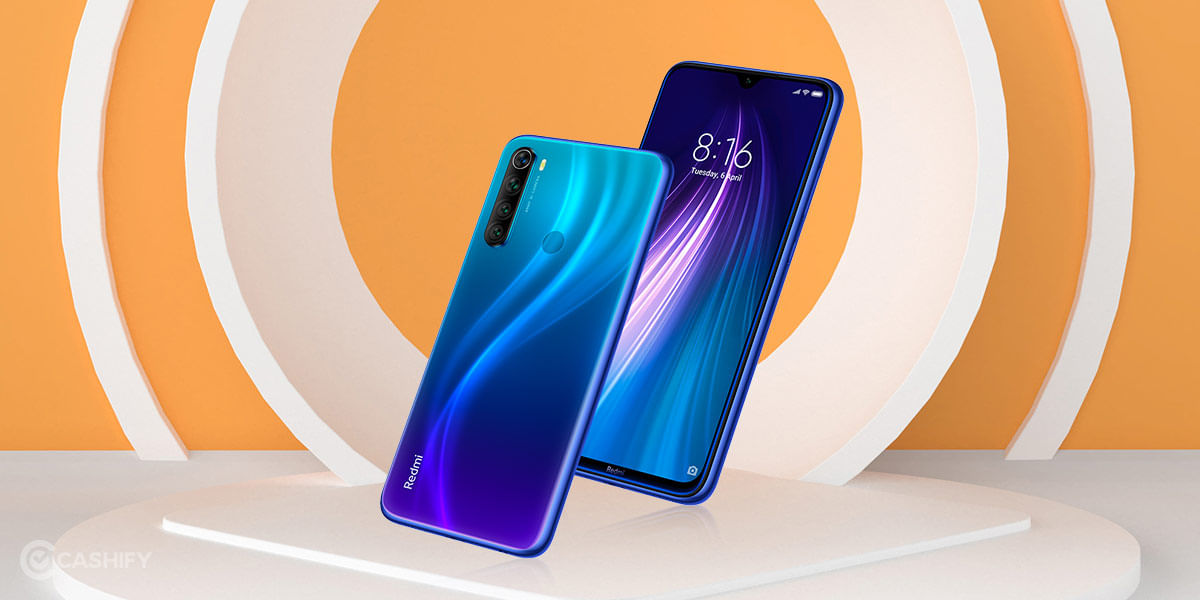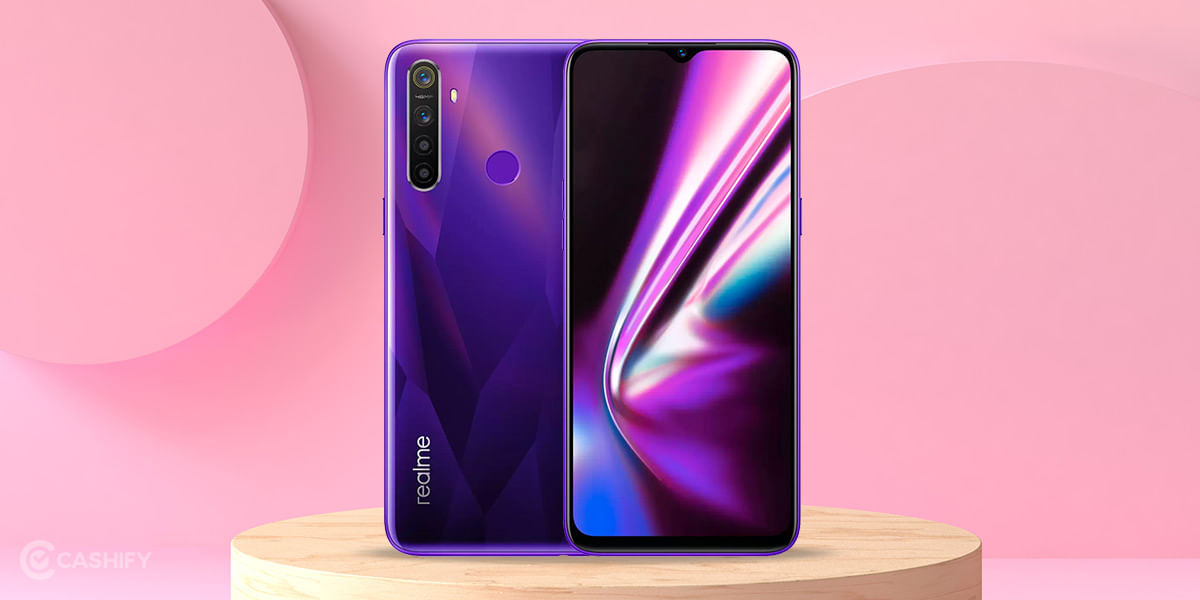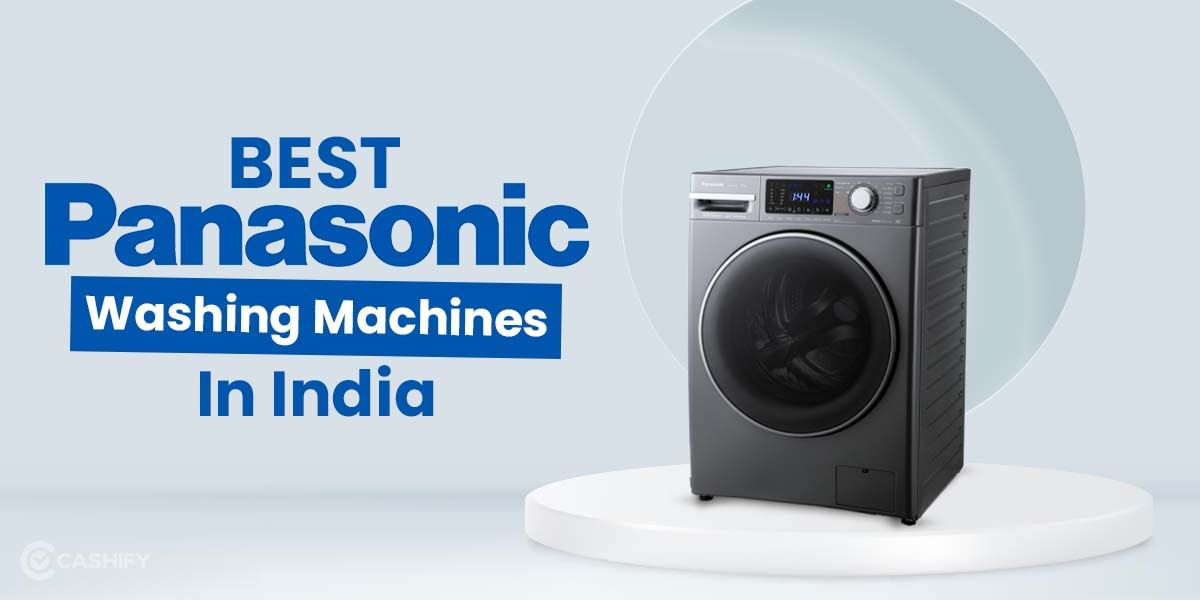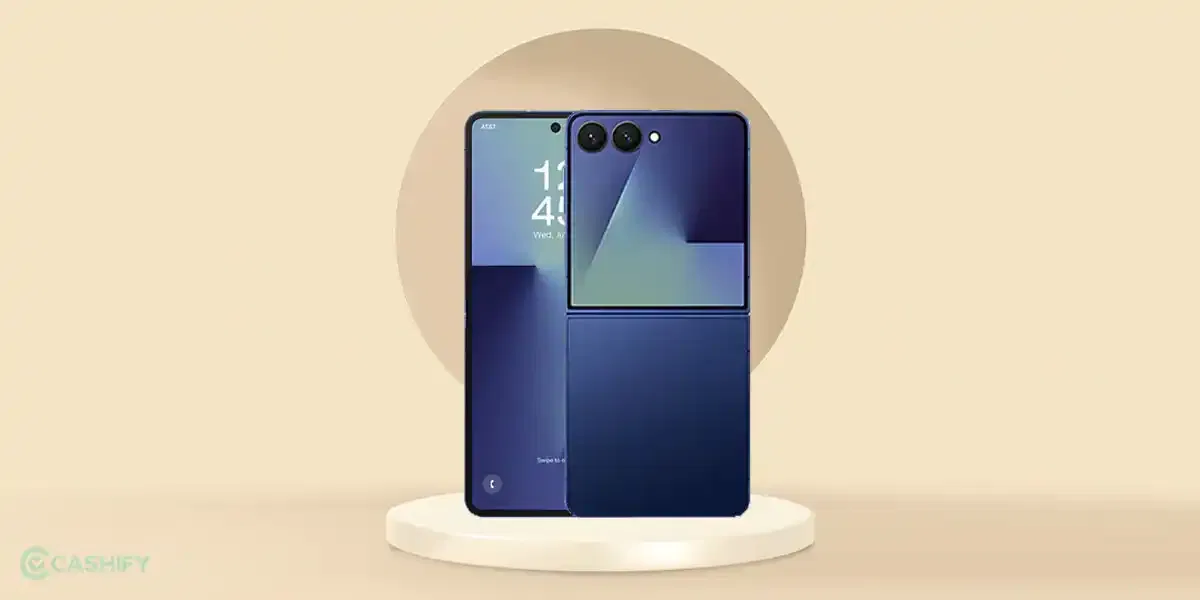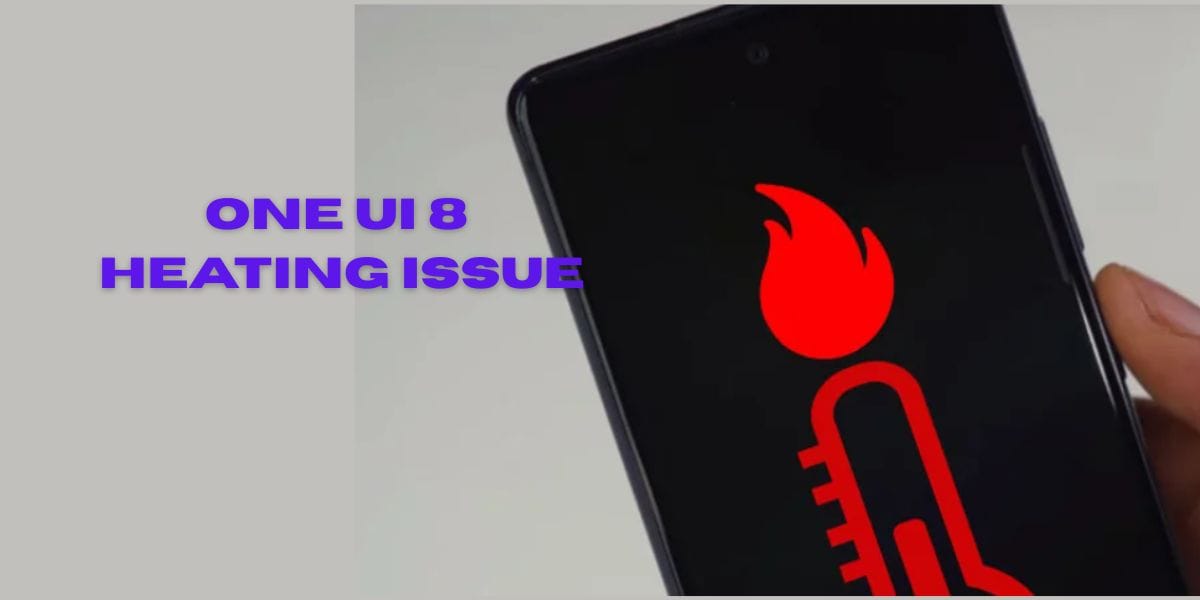Introduction
Honestly, I never liked Huawei smartphones purely because they have taller displays and a far less full form factor. However, the Huawei Mate series has always intrigued me. I watched Huawei launched its much-anticipated Huawei Mate 30 series a few months ago. The event was mind-boggling even though the device was only released in China and might have appeared in a few markets.
The non 5G Huawei Mate 30 Pro is expected to arrive in India next year. Although it will still have those software issues that might take its sales down, it remains a much-anticipated smartphone, all thanks to its camera prowess and one of the best-looking displays and back panel. We got to try a Chinese variant a few days ago and decided to pen a review on the same that should help Indian customers gain insight before the device officially makes it in India.
Prices in India, Variants, Availability
According to various sources, Huawei Mate 30 Pro is expected to arrive in India on December 14, 2019, although I would suggest taking it with a pinch of salt. Although the phone might come next month, it will still be stripped away of any Google apps and services until the differences between the United States and Huawei are resolved.
Per 91mobiles, the price estimated for its 8GB+256GB model (the one that Indian market will get) is Rs 86,950/- whereas mysmartprice.com puts it at Rs 80,000/- which is &1219 and $1,121 respectively. On the other hand, the Huawei Mate 30 Pro 8GB+256GB in China is around Rs 59,000/- or $825. It means we will have to wait for the official confirmation on the release date as well as the pricing.
Finally, the phone will be available in Black, Emerald Green, Space Silver, and Cosmic Purple, so choose accordingly because all have Huawei’s gradient back panel with Halo Ring Design. There are options for Vegan Leather back panel as well, although it is not likely to arrive in India.
Box Contents
Huawei Mate 30 Pro retail box isn’t much of a mystery chest. It has all the accessories that you’ll find in any smartphone retail box. First, you get the Huawei Mate 30 Pro along with a USB Type-C earphones and a USB-C to USB-A charging cable. There is a SIM ejector tool along with Quickstart guide and finally, the much-acclaimed 40W Huawei SuperCharge capable of charging the phone in less time than any other smartphones with lower charging speed (of course).
Specs at a glance
Huawei Mate 30 Pro is an action-packed heavily stuffed with flagship specifications that surpasses the benchmarking and other metrics when compared to its predecessors. To start with, the Huawei Mate 30 Pro is equipped with HiSilicon 990 manufactured using enhanced 7nm+ EUV which is in layman terms, better than the chipset manufactured using a 7nm node.
The device is equipped with 16-core Mali-G76 GPU, Big-Tiny Core Architecture NPU, BM3D DSLR-level image noise reduction that makes it a powerful beast. According to the metrics that Huawei provided during its massive launch, the Kirin 990 which also has 5G (although there is a different variant with 5G) packs an increment of 23% (CPU), 39% increment recorded in its performance with GPU and finally, a 400% hike was recorded with the NPU module.
In power efficiency, the Kirin 990 chipset has improved by 23% (CPU), 32% (GPU), and 290% (NPU) which are some of the most impressive metrics to gauge on. Huawei has also used Ultimate OS Optimization that has as a result improved the performance of GPU Turbo by 60%, EROFS has exponentially enhanced by 20% and finally, the Deterministic Latency Engine Response Latency is increased by 25%. These are the specs on-paper so let’s see how the phone can fair when it comes to real-life tests.
Finally, the device is equipped with two storage variants, i.e. 8GB/128GB and 8GB/256GB RAM, although it is highly likely that the top option will only be available in India. It also has UFS3.0 which is currently the fastest storage system seen on Samsung Galaxy Note 10+ and others.
Design and Build Quality
I must agree that Huawei Mate 30 Pro is impeccably impressive. It has a glass back although there is a vegan leather option available too. The front and back are covered with the latest Corning Gorilla Glass 6 tested to withstand 20 consecutive falls from a meter or so and yet remain undamaged and scratch-resistant. The phone has overall IP68 water and dust resistance that makes sense since you will be spending a fortune to get the phone.
Also, the phone has a USB Type-C port at the bottom along with SIM card tray, a mono bottom-firing speaker and that’s pretty much all. It doesn’t have a 3.5mm headphone jack so don’t mind if it irks you.
I must add one of the most intriguing design elements that Huawei added with its Huawei Mate 30 Pro and that’s an exquisite Halo Ring Design that encompasses and circumnavigates the sizeable circular camera bump which rises a bit above the back panel although not much. The back panel itself has a 3D glass back that uses refraction and reflection to produce an impressive gradient appearance that will take your breath away. I find the phone designed better than any other smartphone in 2019, including the OnePlus 7T series.
Display
Diving into one of the most intriguing aspects of the device, Huawei Mate 30 Pro is undoubtedly one of the best-looking smartphones of 2019. As for the specs, the device gets a 6.53-inch Flex OLED Super High-Resolution display with DCI-P3 HRD+, 25% anti-blue light filter, and Cinematic Color panel. One of the USPs of the device is its waterfall design display aka Horizon Display which makes the display on the left and right side fall over, forming a curve at an angle of 88°.
The device is more curved than Samsung Galaxy Note 10+ and iPhone 11 Pro with a chin at 4.8mm a smaller notch at 26.6mm (width) which is still almost 8mm thinner than iPhone 11 Pro’s notch. The groove includes a front selfie camera, a 3D depth-sensing camera, and a gesture sensor that can do a bit of task such as taking a screenshot or pulling to the last page, etc.
You won’t find any hardware volume or power keys on the device simply because there is no room to include them in a bezel that doesn’t exist. Thus, Huawei Mate 30 Pro has invisible pressure-sensitive edges that act as a scroll to volume up and volume down although the shortcoming is the fact that you can’t control the amount when the display is off.
Furthermore, the display is backed with Acoustic Display Technology that uses piezoelectric motors to offer excellent sound emitting from the screen as there’s no speaker grille available with it.
Finally, the phone has an in-display fingerprint scanner as well that will act along with the phone’s 3D facial recognition system to provide high-security log-in methods.
Performance
When compared to its predecessors, Kirin 990 is definitely on the top although it’s 5G variant has more calibre than it. Apart from that, the CPU cluster setup of 2+2+4 with the most significant core at 2.86GHz makes a lot of difference when combined with the broad implementation of 16-cores of Mali G76-MP16 GPU.
The phone can pull off a score of 9,102 points on the PCMark Work 2.0 Web Browsing 2.0 test whereas it was able to pull off 5,669 points on the PCMark Work 2.0 Video Editing test where Samsung Galaxy S10+ (SD855) is a clear winner at 6,592. To put things into perspective, Mate 30 Pro has one of the most powerful and responsive chipset on-board.
Software
Now that’s a bit of disappointment if you are reading it out of the blue. Huawei Mate 30 Pro was launched without any Google apps and services. Since the phone was initially launched only in China, it didn’t make any difference since Google apps are no longer active in China. The phone used various alternatives, which firmly bolted its growth even after the backlash from the U.S. government.
As of now, Huawei Mate 30 Pro is one of the first devices to launch with Android 10-based EMUI 10 without any Google apps. Per GSMArena’s testing, they were able to pull off installing Google Chrome and Maps, although Gmail didn’t work on the device. Moreover, the user has no way of connecting or sideloading Google Play Store, where they can find apps for Android smartphones. There were reports that Huawei does have a single feature to install the Google Play Store that requires system-level permissions once the clearance from the U.S. is obtained.
However, Google bolted such capabilities by backlisting the device and currently, there’s no way of installing the Play Store although tinkering with XDA microG Project might work although that’s still a question.
EMUI 10 brings a lot on the table including features like Magazin lock screen which changes wallpapers, everyone, you unlock the phone, iPhone-style gesture navigation, Task Switcher, and a bunch of other features including a top-tier UI change from its predecessor EMUI 9.1.
Cameras
On paper, Huawei Mate 30 Pro gives a cut-throat competition to its flagship rivals with its camera specs. Fortunately right, Huawei has managed to pull its Mate 30 Pro not just stand among other odds on paper but in reality as well.
First of all, talking about the camera assembly, the front has a decent 32MP sensor with an aperture of f/2.0 along with a 3D depth-sensing camera that provides depth-related data to other sensors to produce exceptional images with bokeh effort and more. The depth sensor will also aid in a 3D facial recognition system where the sensor will shoot out thousands of dots on infrared light to detect and unlock the phone.
The rear camera assembly is rather interesting as it packs a quad-camera setup arranged in a 2×2 square inside a circular camera bump. The first is the 40MP SuperSensing Cine Wide-angle camera with a focal length of 27mm, OIS, and an aperture of f/1.6. Next up we have an Ultra-Wide Cine 40MP camera with f/1.8mm and focal length of 18mm. On the third, we have an 8MP telephoto lens with OIS, f/2.4 aperture, and a focal length equivalent of 80mm capable of pulling off a 3x optical zoom and finally, there is a second 3D depth sensor at the back that improves depth-related images.
According to Huawei Mate 30 Pro camera portfolio, the device scores ISO 409600 along with a 45x zooming range using its ultra-wide and telephoto lens and has Dual OIS + AIS feature for better image stabilization. The whole camera setup is in partnership with Leica which has been a part of Huawei Mate series and P series for years.
I tried the phone for a few hours explicitly testing its rear camera setup and have drawn a few conclusions towards it. The phone has an impeccable Portrait photography thanks to its Cinema Camera and uses cinematic background blur feature to its advantage. Although the shadows weren’t exposed, the phone managed to pull off excellent photography using all of its cameras. The phone doesn’t have directional audio zoom as Samsung Galaxy Note 10+, but that isn’t a backlog on its part.
The phone also has a whopping 7680fps capable Slow Motion mode which practically stops time and works with an unprecedented quality although moving images in this mode might suffer a bit of issue with sharpness. The software that goes into the computation photography on Huawei Mate 30 Pro may be filling in frames during this mode. Also, the phone’s ultra-wide sensor isn’t that wide as it has a lower FoV.
Apart from that, the 40MP SuperSensing wide-angle camera is the same as we have seen with Huawei P30 Pro launched this year as well and has impeccable low-light photography capabilities. The same trait has trickled down to the DNA of Huawei Mate 30 Pro as well. The phone uses its Cinematic Camera feature to produce images that are detailed even when zoomed out to its extent although the phone suffers a bit during photography in complicated dynamic ranges such as when the subject is right across the sun.
Battery Life
The Huawei Mate 30 Pro has a massive 4,500 mAh battery that has been tested to last for over 9 hours.
Apart from that, the device comes equipped with a Huawei 40W SuperCharge wired charge which is capable of charging the phone to its maximum capability in less than an hour. The phone also has wireless charging capability at 27W along with Reverse Wireless Charge which works three times better than its predecessor and can charge a lot of devices including Huawei Watch GT and GT2, FreeBuds, among others.
Dubbed as the phone with top hardware without Google, Huawei Mate 30 Pro packs in one of the best specs sheets available today. It has one of the fastest SoC combined with the best display, the best camera tech of the lot, and longer battery life that makes it a complete package although it doesn’t include Google apps and services. The situation is not going to change even if the phone launches in India, although Huawei has AppGallery to choose apps.
If your priority is Google services, we would recommend skipping buying it until the situation is relaxed. We don’t see any point in buying the phone without Google apps, especially in India, where we depend on these apps for most of our work. There’s nothing wrong with the pricing as it is in line with the latest flagships although the Indian pricing is still under warp so we will have to wait for it to unfold.

